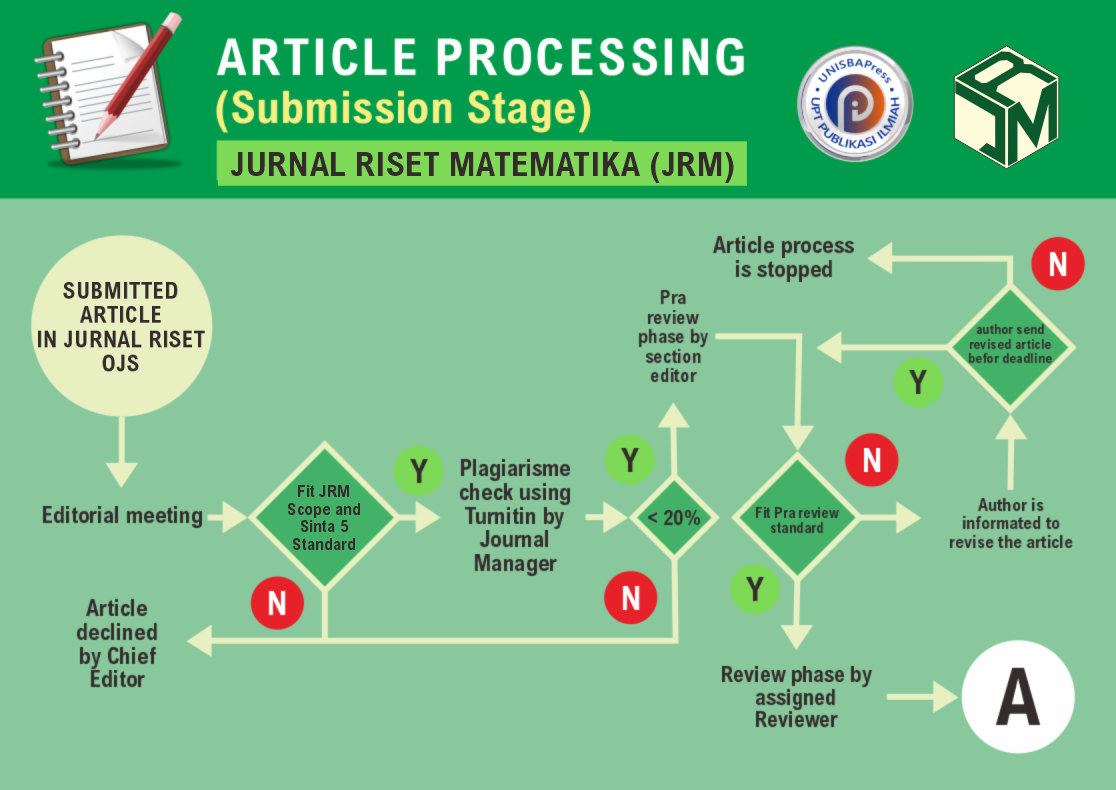Prediksi Hasil FIFA World Cup Qatar 2022 Menggunakan Machine Learning dengan Python
DOI:
https://doi.org/10.29313/jrm.v2i2.1382Keywords:
Machine Learning, FIFA World Cup, PythonAbstract
Abstract. Predicting the outcome of the match is a big thing when it’s always expressed before the game starts, both from fans and analysts. To predict a match, we need a technology that can process input, analysis and output data, namely Machine Learning. Machine Learning is a system or computer to 'learn' independently and improve its capabilities automatically without the need for explicit written programming instructions. several algorithms to predict an event, namely Logistic Regression, K-Nearest Neighbors, Naïve-Bayes, Support Vector Machine, Neural Network and Random Forest. In this study, with the help of Scikit-Learn on Python, it was used to measure the accuracy of the FIFA World Cup 2006-2018 and predicts the results of the FIFA World Cup 2022. The SVM algorithm has the highest accuracy rate in 2010 and 2014. This means that if the same two teams meet in 2010, if they meet again 4 years later, they will have the same chance of winning. The Neural Network algorithm has the highest accuracy rate in 2006 and 2018. This means that if the same two teams met in 2006, if they met again 12 years later, they would have the same chance of winning. Prediction results show that Germany has a chance to win the FIFA World Cup 2022.
Abstrak. Memprediksi hasil pertandingan adalah hal yang besar ketika selalu diungkapkan sebelum pertandingan dimulai, baik dari penggemar maupun analis. Untuk memprediksi kecocokan, diperlukan suatu teknologi yang dapat mengolah data input, analisis dan output yaitu Machine Learning. Machine Learning adalah sebuah sistem atau komputer untuk 'belajar' secara mandiri dan meningkatkan kemampuannya secara otomatis tanpa memerlukan instruksi pemrograman tertulis yang eksplisit. beberapa algoritma untuk memprediksi suatu kejadian yaitu Logistic Regression, K-Nearest Neighbors, Naïve-Bayes, Support Vector Machine, Neural Network dan Random Forest. Dalam penelitian ini, dengan bantuan Scikit-Learn on Python digunakan untuk mengukur akurasi FIFA World Cup 2006-2018 dan memprediksi hasil FIFA World Cup 2022. Algoritma SVM memiliki tingkat akurasi tertinggi pada tahun 2010 dan 2014. Artinya, jika dua tim yang sama bertemu di tahun 2010, jika bertemu lagi 4 tahun kemudian, mereka akan memiliki peluang yang sama untuk menang. Algoritma Neural Network memiliki tingkat akurasi tertinggi pada tahun 2006 dan 2018. Artinya jika dua tim yang sama bertemu pada tahun 2006, jika mereka bertemu lagi 12 tahun kemudian, mereka akan memiliki peluang yang sama untuk menang. Hasil prediksi menunjukkan bahwa Jerman berpeluang menjadi juara FIFA World Cup 2022.
References
A. Roihan, P. A. Sunarya, and A. S. Rafika, “Pemanfaatan Machine Learning dalam Berbagai Bidang: Review paper,” IJCIT (Indonesian J. Comput. Inf. Technol., vol. 5, no. 1, pp. 75–82, 2020, doi: 10.31294/ijcit.v5i1.7951.
J. Brownlee, “Master Machine Learning Algorithms: Discover how they work and implement them from scratch.,” Mach. Learn. Mastery, pp. 1–163, 2016, [Online]. Available: http://machinelearningmastery.com/a-tour-of-machine-learning-algorithms/
R. Primartha, Algoritma Machine Learning. Bandung: Informatika, 2021.
Fahrizal, F. O. Reynaldi, and N. Hikmah, “Implementasi Machine Learning pada Sistem PETS Identification Menggunakan Python Berbasis UBuntu,” J. Inf. Syst. Informatics Comput., vol. 4, no. 1, pp. 86–91, 2020.
A. U. Zailani and N. L. Hanun, “Penerapan Algoritma Klasifikasi Random Forest Untuk Penentuan Kelayakan Pemberian Kredit Di Koperasi Mitra Sejahtera,” Infotech J. Technol. Inf., vol. 6, no. 1, pp. 7–14, 2020, doi: 10.37365/jti.v6i1.61.
N. Jayanti, S. Puspitodjati, and T. Elida, “Teknik Klasifikasi Pohon Keputusan Untuk Memprediksi Kebangkrutan Bank Berdasarkan Rasio Keuangan,” Univ. Stuttgart, no. Kommit, pp. 101–107, 2008.
Purnama, Pengantar Machine Learning. Bandung: Informatika, 2019.
P. A. Octaviani, Yuciana Wilandari, and D. Ispriyanti, “Penerapan Metode Klasifikasi Support Vector Machine (SVM) pada Data Akreditasi Sekolah Dasar (SD) di Kabupaten Magelang,” J. Gaussian, vol. 3, no. 8, pp. 811–820, 2014, [Online]. Available: http://download.portalgaruda.org/article.php?article=286497&val=4706&title=PENERAPAN METODE KLASIFIKASI SUPPORT VECTOR MACHINE (SVM) PADA DATA AKREDITASI SEKOLAH DASAR (SD) DI KABUPATEN MAGELANG
T. Wahyono, Fundamental of Python for Machine Learning. Yogyakarta: Gava Media, 2021.
H. Mukhtar, R. Muhammad, T. Reny Medikawati, and Yoze Rizki, “Peramalan Kedatangan Wisatawan Mancanegara Ke Indonesia Menurut Kebangsaan Perbulannya Menggunakan Metode Multilayer Perceptron,” J. CoSciTech (Computer Sci. Inf. Technol., vol. 2, no. 2, pp. 113–119, 2021, doi: 10.37859/coscitech.v2i2.3324.













